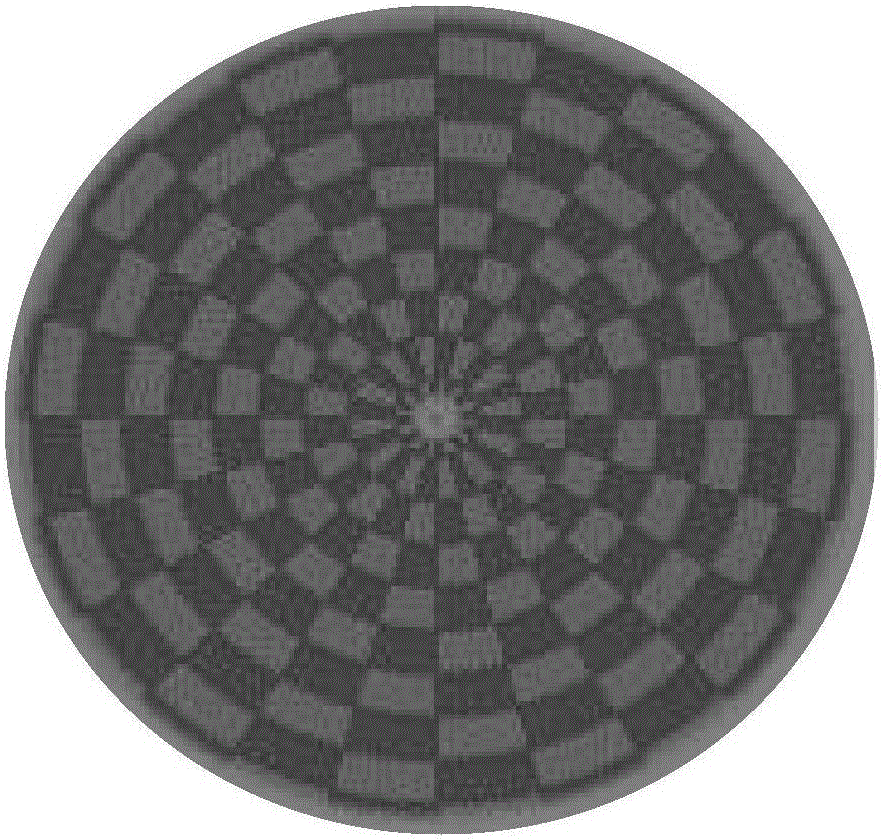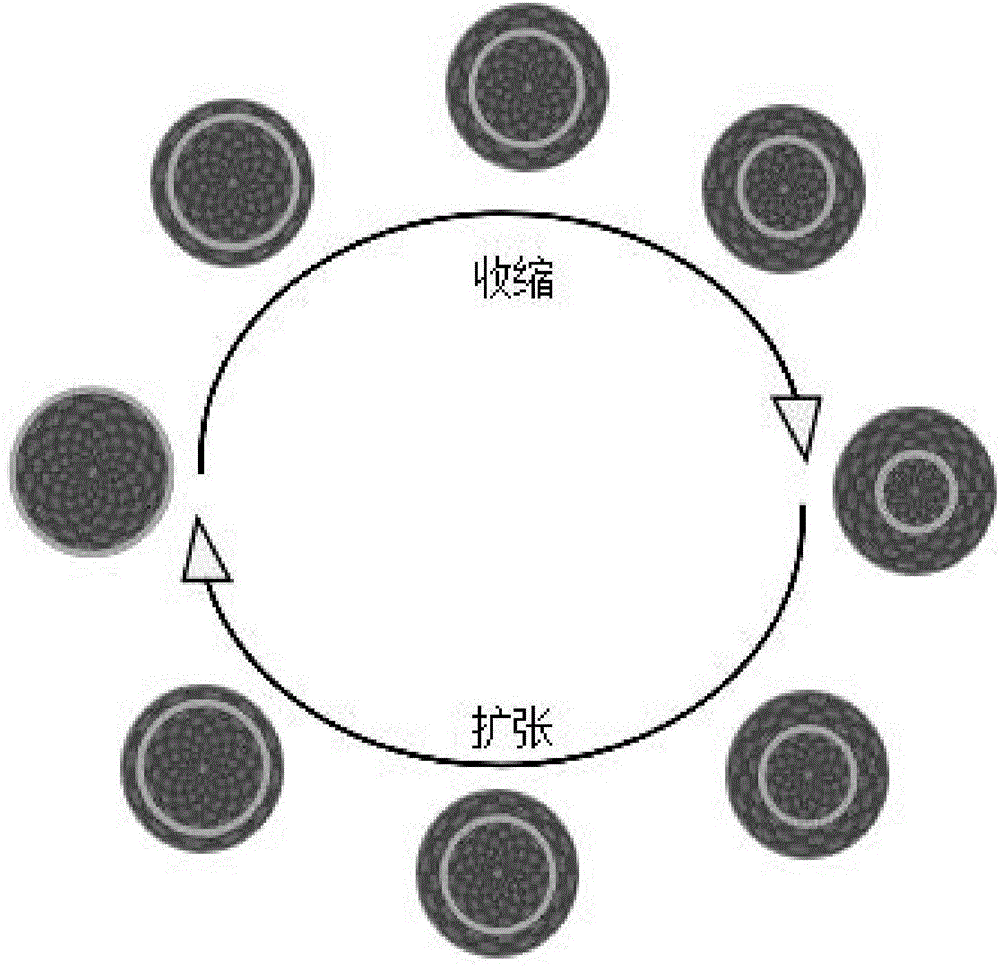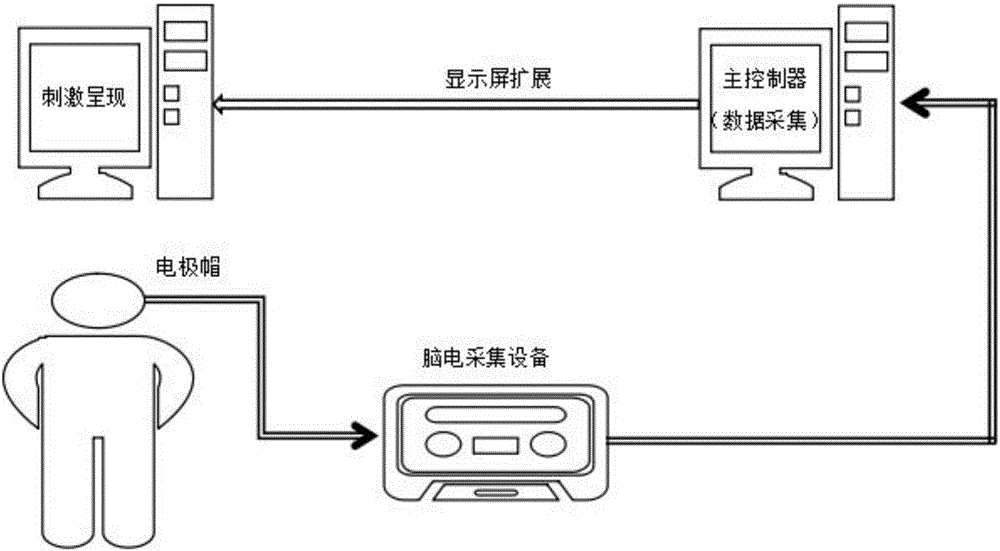Steady motion evoked potential brain-computer interface method based on equal-brightness color strengthening
A technology of evoked potential and equal brightness, which is applied in the field of intelligent processing of medical information, can solve the problems of reducing visual fatigue of users, minimizing flicker perception, reducing peak signal-to-noise ratio, etc., so as to achieve less visual fatigue and less brain damage Reduction of response signal, effect of reducing visual fatigue
- Summary
- Abstract
- Description
- Claims
- Application Information
AI Technical Summary
Problems solved by technology
Method used
Image
Examples
Embodiment Construction
[0032] The present invention will be described in detail below in conjunction with the accompanying drawings.
[0033] A steady-state motor-evoked potential brain-computer interface method based on isoluminance color enhancement, comprising the following steps:
[0034] 1) Stimulus paradigm design of equal-brightness color checkerboard:
[0035] 1.1) Design the equal-brightness color checkerboard paradigm:
[0036] refer to figure 1 , the ring checkerboard divides each ring into grids of equal size and number, and two different colors are arranged at intervals. The bright and dark areas of each ring are equal in area, and the brightness value of the central part of the ring checkerboard is always set It is the background brightness value, which ensures the constant average brightness during the contraction and expansion process of the checkerboard. A white point with a radius of 1 pixel is set at the center to ensure that the user's field of view coincides with it during the...
PUM
 Login to View More
Login to View More Abstract
Description
Claims
Application Information
 Login to View More
Login to View More - R&D
- Intellectual Property
- Life Sciences
- Materials
- Tech Scout
- Unparalleled Data Quality
- Higher Quality Content
- 60% Fewer Hallucinations
Browse by: Latest US Patents, China's latest patents, Technical Efficacy Thesaurus, Application Domain, Technology Topic, Popular Technical Reports.
© 2025 PatSnap. All rights reserved.Legal|Privacy policy|Modern Slavery Act Transparency Statement|Sitemap|About US| Contact US: help@patsnap.com



